A list and information on termite resistant timbers used in building design throughout Australia.
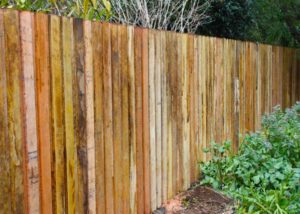
Commonly asked; What are termite resistant timbers used in service throughout Australia? Although these timbers are classed as termite resistant there are other options including pressure treated, Toxic wood and Composite materials.
Although certain hardwoods are “resistant”, There can always be a time where termites can still cause damage to the timber.
This is depending on the cut of the tree such as if it contains more sapwood, the condition of the hardwood, for example, moisture percentage, age, and decay.
Hardwood timbers generally become more resistant due to age as the timbers will become harder over time. From experience treated timbers are not always resistant to termites, I have on many occasions seen coptotermes spp. damage treated timber in a bad infestation (Generally not because of the timber but because of bad building design, fault or failure has allowed the termites entry). In some instances the carpenter may not have sealed the cut from the envelope treatment or the timber has lost its treatment due to weathering or moisture may not help.
Any structure whether it be an outdoor deck, House or so forth should have an adequate visual termite inspection zone.
Or be protected by a means recommended in the Australian Standard AS 3660 or BCA with annual termite inspections. If unsure call us today. 1300 910 917.
List of Australian termite resistant timber
Timber details source provided by Wikipedia
Blackbutt- Eucalyptus Pilularis, commonly known as Blackbutt, is a common and dominant tree of the family Myrtaceae native to southeastern Australia. Termite Resistant Timbers
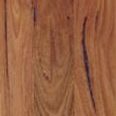
Brush box- Lophostemon confertus (syn. Tristania conferta), is an evergreen tree native to Australia, though it is cultivated in the United States and elsewhere. Common names include brush box, Queensland box, Brisbane Box, pink box, box scrub, and vinegar tree.
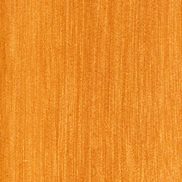
Coast grey box – Eucalyptus bosistoana, the Coast Grey Box is a eucalyptus of South Eastern Australia. It is the largest of the box group of eucalyptus trees, growing up to 60 meters tall, and a stem diameter of at least 1.5 meters.
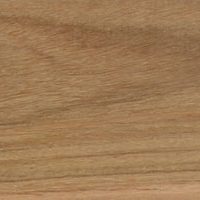
Cypress (Australian) – Callitris is a genus of coniferous trees in the Cupressaceae (cypress family). There are 15 recognized species in the genus, of which 13 are native to Australia and the other two (C. neocaledonica, C. sulcata) native to New Caledonia. Traditionally, the most widely used common name is cypress-pine, a name shared by some species of the closely related genus Actinostrobus. Termite Resistant Timbers
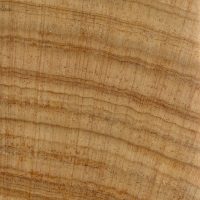
Forest red gum – Eucalyptus tereticornis has several common names, including forest red gum, bastard box, blue gum, flooded gum, grey gum, mountain gum, Queensland blue gum, red gum, red ironbark, red iron gum and slaty gum. Termite Resistant Timbers
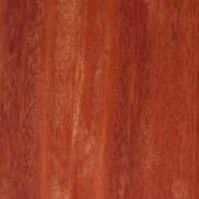
Grey box – Eucalyptus microcarpa, or grey box, is a species of Eucalyptus which is endemic to Australia. Alternative common names for this species include gum-topped box, inland grey box, narrow-leaved box, and western grey box.

Grey gum – Eucalyptus tereticornis has several common names, including forest red gum, bastard box, blue gum, flooded gum, grey gum, mountain gum, Queensland blue gum, red gum, red ironbark, red iron gum and slaty gum
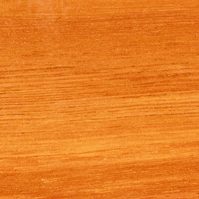
Grey ironbark – Eucalyptus paniculata, the grey ironbark, is a common eucalyptus tree of eastern New South Wales, Australia. A dark trunked forest tree with grey furrowed bark. When in flower, the nectar is attractive to birds and insects and is used in honey production.

Gympie messmate – Eucalyptus cloeziana, Gympie Messmate, is a small to tall tree with rough bark on most or the whole of the trunk and larger branches. The bark is soft, flaky, tessellated, light brown or yellow-brown, where smooth, greyish white or yellowish above. Termite Resistant Timbers
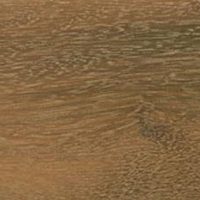
Jarrah – Eucalyptus marginata is one of the most common species of the Eucalyptus tree and is native to the southwest of Western Australia. The tree and the wood are usually referred to by the Aboriginal name Jarrah.

New England blackbutt – Eucalyptus campanulata, known as the New England blackbutt, or gum-topped peppermint is a tree native to eastern Australia. Previously known as Eucalyptus andrewsii subsp. campanulata, it differs from Eucalyptus andrewsii because of the fruit shape

Red ironbark – Ironbark is a common name of a number of species in three taxonomic groups within the genus Eucalyptus that have dark, deeply furrowed bark.

Red mahogany – Eucalyptus resinifera (L. resinifera = “resin bearing”), known as the Red mahogany, is a common eucalyptus tree of eastern Australia. Its range of distribution is from Jervis Bay north to about Gladstone, Queensland in dry sclerophyll or wet sclerophyll forest habitats, preferring soils of a medium to high fertility.
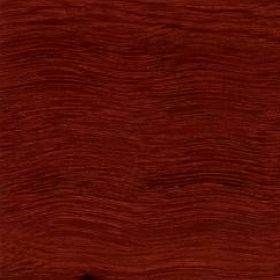
Red bloodwood – Corymbia gummifera, commonly known as Red Bloodwood, is a hardwood tree native to eastern Australia.
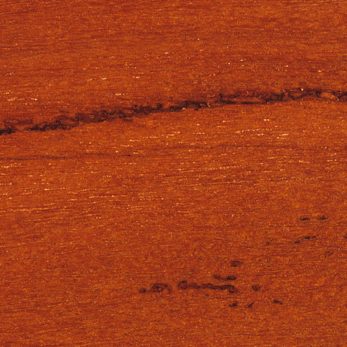
River red gum – Eucalyptus camaldulensis, the river red gum, is a tree of the genus Eucalyptus. It is one of around 800 in the genus. It is a plantation species in many parts of the world but is native to Australia, where it has the most widespread natural distribution of Eucalyptus in Australia. Termite Resistant Timbers
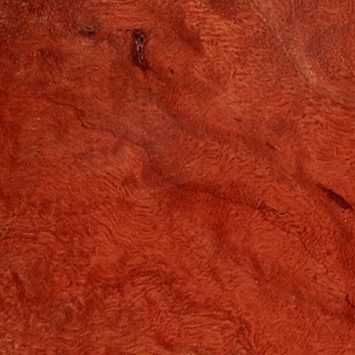
Southern mahogany – Eucalyptus botryoides, commonly known as the Bangalay or Southern Mahogany, is a small to tall tree native to southeastern Australia. Reaching up to 40 meters(130 feet) high, it has rough bark on its trunk and branches.
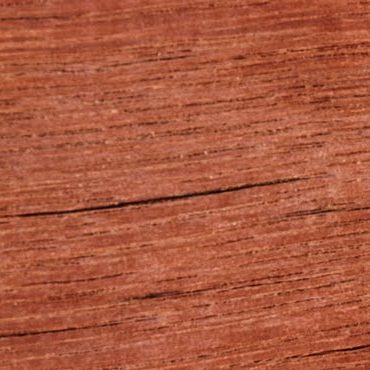
Spotted gum – Corymbia maculata (syn. Eucalyptus maculata), commonly known as Spotted Gum, is an endemic Australian tree.
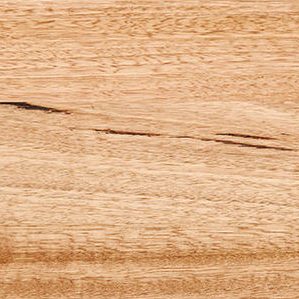
Stringybark A stringybark can be any of the many Eucalyptus species which have thick, fibrous bark. Like all eucalypts, stringybarks belong to the family Myrtaceae. In exceptionally fertile locations some stringybark species (in particular messmate stringybark (Eucalyptus obliqua) can be very large, reaching over 80 meters in height. More typically, stringybarks are medium-sized trees in the 10 to 40 meter range.
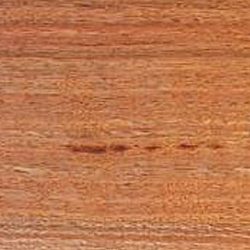
Tallowwood – Tallowwood or tallowood (Eucalyptus microcorys) is a Eucalypt species native to and common in New South Wales and Queensland, Australia. It grows in forests near the coast on moderate to fertile soils in a protected, sunny position. Tallowwood is drought and frost tender.
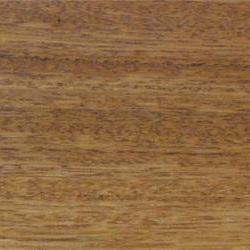
Turpentine – Syncarpia glomulifera, commonly known as the turpentine tree, is a tree of the family Myrtaceae native to New South Wales and Queensland in Australia, which can reach 60 meters (200 ft) in height
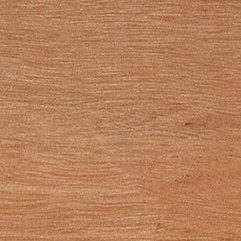
White mahogany – Eucalyptus acmenoides, the white mahogany is a common eucalyptus tree of eastern Australia. In the northern part of Sydney, where this tree grows on clay soils, the indigenous name is Barayly.
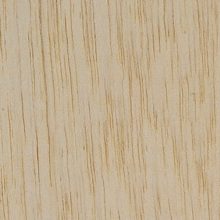
Treated Timbers
Chromated copper arsenate (CCA) is a wood preservative that has been used for timber treatment since the mid-1930s. It is a mix of chromium, copper and arsenic (as Copper(II) arsenate) formulated as oxides or salts, and is recognizable for the greenish tint it imparts to timber. CCA was invented in 1933 by Dr. Sonti Kamesam, an Indian scientist, and was awarded its first patent (British) in 1934.
Any envelope treated timber once cut should be resealed at the cut so that the un-treated pine in the centre is not exposed.
Interior, above ground H2 H2F
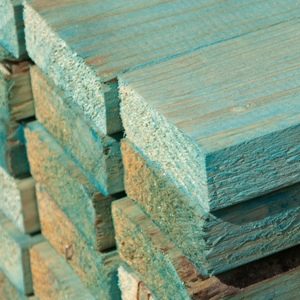
Exterior, above the ground H3
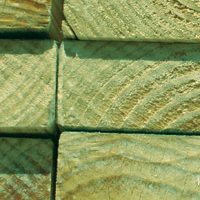
Exterior in ground contact H4 or H5
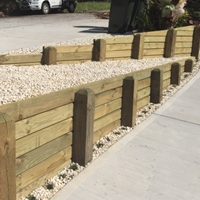
When building any outdoor timber structure, ensure it is of a resistant timber type.


I own a townhouse in ‘Glebe Gardens’ which is located at 57 Hereford Street, Glebe, NSW 2037. As the complex is 26 years old, the original floor tiles throughout the ground (entry) level have become unserviceable as their glue has become powdery and they have begun to work loose. In my townhouse I had them removed with the intention of providing a solid concrete base for engineered oak timber flooring. The Townhouse is on four levels, and the level below ground is taken up by a garage and storage area again with concrete flooring. The two upper levels also have concrete floors but are carpeted.
Apparently the area is known to be termite prone and the strata body requires that any timber flooring introduced must be certified as termite resistant. I have not found any flooring classified this way, although there is reference to various Australian timber’s which are known to be termite resistant.
The common property of the complex has regular Termite Inspection and Owners have not been advised of any termite problems found as a result of this. I do not know how I can go about obtaining the required certification. Obviously, one can visit showrooms and see the range of timber offered, but this does not mean that the timber delivered is ‘Termite Resistant’. Your advice would be appreciated.
One of your local Timber pest technicians may be able to assist you, timber pest technicians need to have an understanding of timber species.